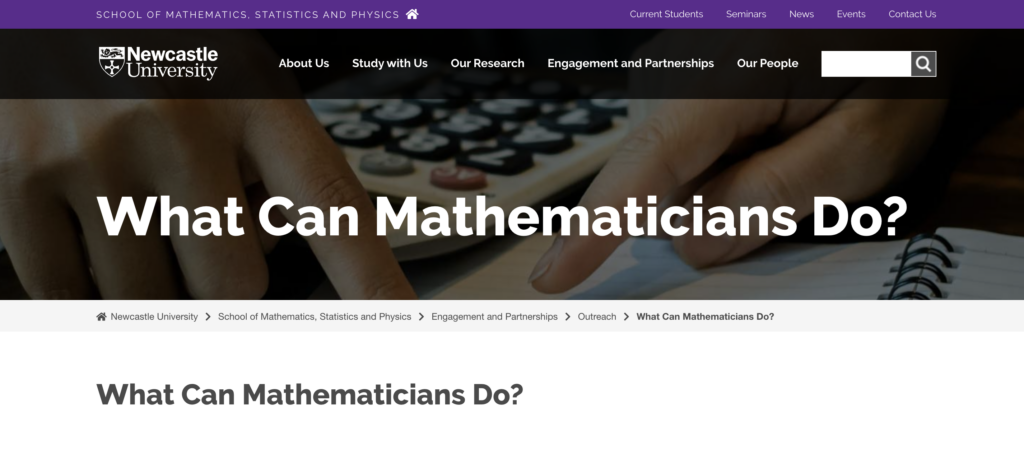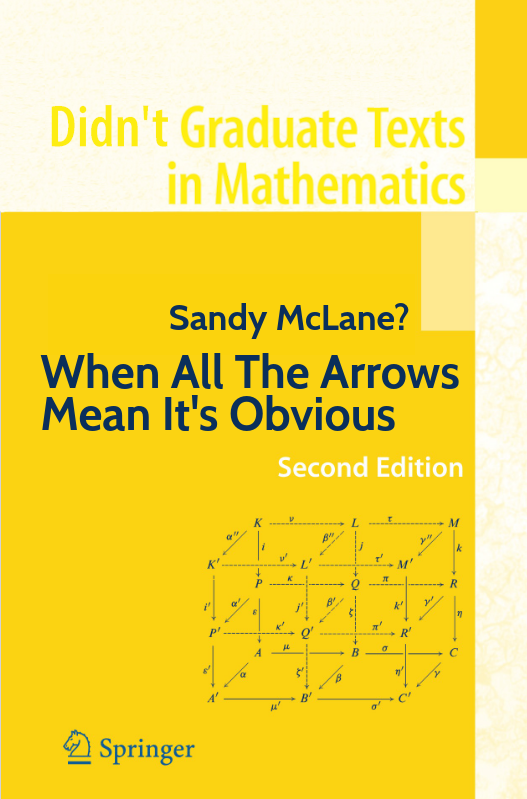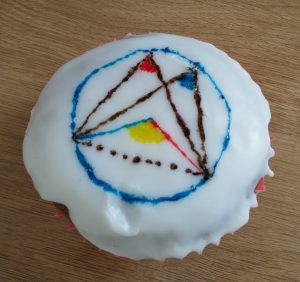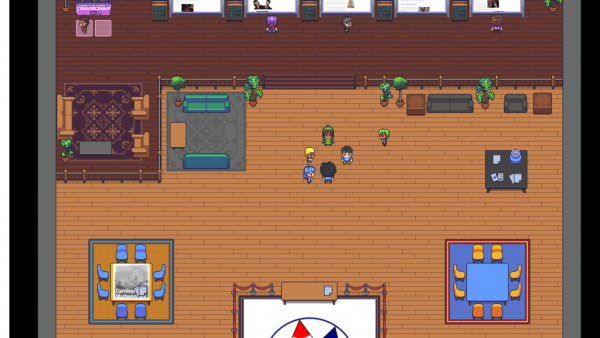This week and last I hosted a series of public maths talks featuring disabled presenters. I’ll post about how that went later, but for now I just want to share this clip of me filling time spreading Christmas joy.
This is a party trick that Katie Steckles showed me: you can fold a piece of paper and then make a single cut to produce a five-pointed star. I showed how to do it by following the instructions I’d been told, and then recreated the steps just starting from the insight that when you make the cut, all the edges of the shape need to be on top of each other.
Maybe you’ll show someone else how to do it during the Christmas holiday?
This doesn’t only work for stars: there’s a theorem that you can make any polygon by folding and a single cut. Erik Demaine has made a really good page about the theorem, with some examples to print out and links to research papers. Katie can cut out any letter of the alphabet on demand, which is impressive to witness!



